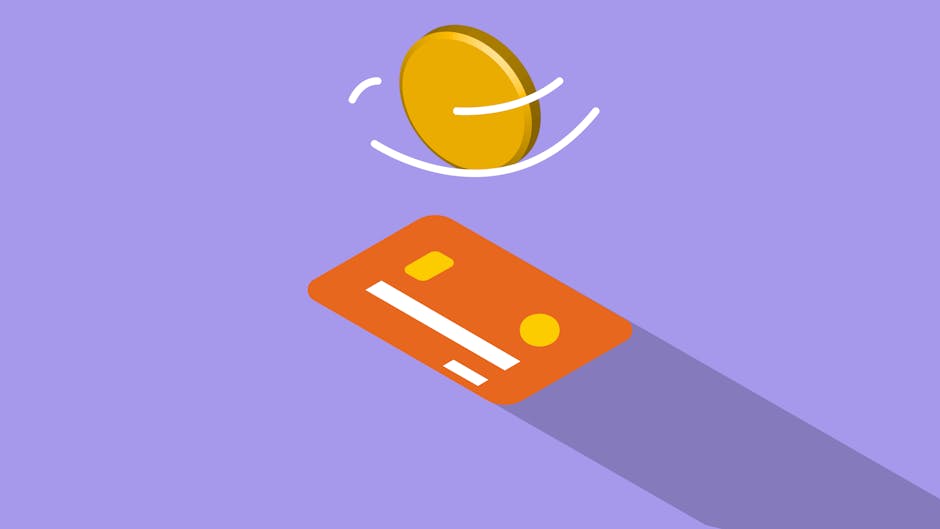The personal-finance website WalletHub just released two key reports on Q4 Credit Card Debt and Federal Rate Hikes. Cities with the Biggest Credit Card Debt Paydown are: • Santa Clarita, California • Burlington, Vermont • Pembroke Pines, Florida • Rancho Cucamonga, California • Moreno Valley, California Cities with the Smallest Credit Card Debt Paydown are: • Bismarck, North Dakota • Pearl City, Hawaii • Augusta, Georgia • Casper, Wyoming • Fargo, North Dakota Q&A with WalletHub Has Covid make it more difficult for people to get into debt? Roughly 25% of Americans say that Covid has made it more difficult to get into credit card debt, according to a new WalletHub survey, and a variety of factors have contributed to the situation. Government benefits have fortified many people’s finances. Restrictions and safety concerns have led to more staycations and fewer dinners out. And daily commuting costs have gone to zero for lots of workers.
But even though we saw credit card debt decline early in the pandemic, people have been piling on new debt at increased rates lately. For example, we added $87 billion in new credit card debt during 2021. So, Covid may have made debt harder to rack up for some people, but it’s certainly not impossible to get yourself into deep financial water in this environment. What do the latest credit card debt statistics tell us about the health of U.S. consumers? Almost half of Americans (47%) say their credit card spending has returned to pre-pandemic levels, a new WalletHub survey found.
The latest credit card debt statistics support that, as U.S. consumers added a record $74 billion in new credit card debt during Q4 2021. WalletHub projects an increase of more than $100 billion in 2022, according to our estimates. How will credit card debt levels look by the end of 2022? Around 33 million Americans say they will have more credit card debt by the end of 2022, according to a new WalletHub survey. This shouldn’t be much of a surprise considering the recent trend in credit card debt levels, nearly half of consumers reporting their spending has returned to pre-pandemic levels, inflation, and the war in Ukraine. Just because increased debt levels are to be expected does not mean this is a positive development for the economy, though. Continuing to pile on debt will put consumers in an even more dangerous position, and we expect an increase of at least $100 billion in credit card debt during 2022. Are people worried about interest rate hikes affecting their credit card debt? Yes, 51% of Americans are worried about the cost of their credit card debt increasing due to interest rate hikes by the Federal Reserve. People are having trouble making ends meet as is, and they know rising rates will only increase the cost of their debt.

Every 25 basis points the Fed increases its target rate will cost people with credit card debt about $1.6 billion annually. How is the war in Ukraine affecting consumer sentiment in the U.S.? According to a new WalletHub survey, 54% of Americans will reconsider their upcoming spending because of the war in Ukraine. There was a lot of uncertainty about inflation before the conflict began, and that has only intensified since. People are also concerned about the conflict spreading, corporate earnings being affected, and an overall disruption of normal economic activity. Are people currently worried about inflation? Yes, 88% of Americans are concerned about inflation right now. Inflation has been affecting us at the gas station and the supermarket, stretching budgets and diminishing the value of savings. People are not content with the current situation and are worried about it only getting worse. What do people think about their credit card rates? Approximately 148 million people think their credit card rates are too high already. The average APR among credit card accounts accruing finance charges is already over 16%, which is significantly higher than the rates charged for secured debt like mortgages and auto loans.
With credit card rates set to rise after the Federal Reserve takes action, people will see the cost of their credit card debt increase. How do people feel about Fed rates hikes? According to a new WalletHub survey, 55% of consumers think Fed rate hikes are bad for their wallet. We have more debt than savings, and rate hikes make that debt more expensive. What are investors’ expectations for interest rates hikes in 2022? Markets indicate that rate hikes in March, May, June and July are more likely than not. In March, for example, there is more than a 90% chance that a quarter-point rate hike will occur. There also appears to be the possibility of 1-2 additional rate hikes later in the year.
But a lot depends on how the economy responds.
As found on YouTube

